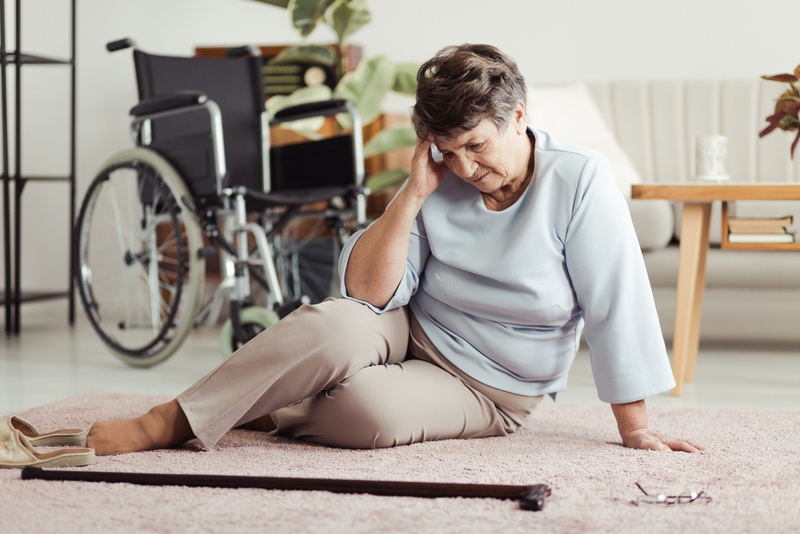Sensor can prevent falls in older adults
ANI Jul 14, 2018
Researchers have found a way to predict older adults' risk of falling through a study involving 67 women, all over the age of 60, who were tested on their walking ability and asked about the number of falls they had experienced in the past year. Participants also wore a small device with motion sensors that measured their walking patterns for one week.

Falls are the most common cause of injury in older adults and can create ongoing health problems. But treatment and awareness of falling usually happens after a fall has already occurred. As part of the NIH's Women's Health Initiative, researchers wanted to see if they could predict an individual's risk of falling so that preventative measures could be taken to reduce this risk. A new analysis has now made this prediction a reality.
They found that data extracted automatically from the devices could accurately predict the participants' risk of falling, as measured by physical examinations of unsteadiness in standing and walking. "Our prediction showed that we could very accurately tell the difference between people that were really stable and people that were unstable in some way," Bruce Schatz said.
Studies have shown that older individuals fall differently than younger individuals. Younger people fall if they misjudge something, such as a slippery surface. But older adults fall because their bodies are unstable, causing them to lose balance when walking or become unsteady when standing up and sitting down.
This difference gave researchers the idea that they might be able to measure this instability. The device they used, called an accelerometer, was able to measure the user's walking patterns and how unsteady they were. They combined this measurement with the individual's fall history to determine the risk of falling in the future.
Being able to predict the fall risk is significant because many older adults often don't pay attention to the fact that they are unstable until after they fall. But if they know they're at risk, they can do rehabilitation exercises to increase their strength and reduce their chance of falling.
Schatz sees the successful outcome of this research as a sign that, in the future, more wearable devices, or even smartphone apps, will be able to measure walking patterns and warn users of their fall risk. Most cellphones today already have an accelerometer, the same sensor that was used in this study. Schatz envisions a future where everyone over 60 would have a phone app that constantly records their motion, requiring no input from the user. If the user's walking becomes unstable, the app could notify the user or their doctor, and they could begin preventative exercises. The study appears in the journal Nature Digital Medicine.
-
Exclusive Write-ups & Webinars by KOLs
-
Daily Quiz by specialty
-
Paid Market Research Surveys
-
Case discussions, News & Journals' summaries